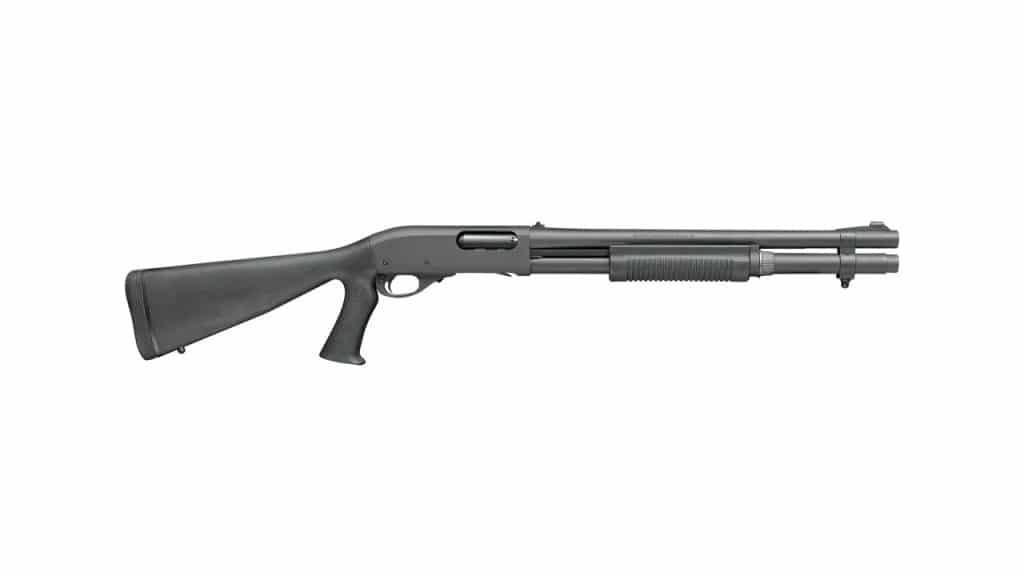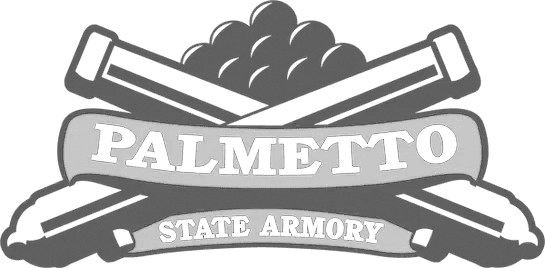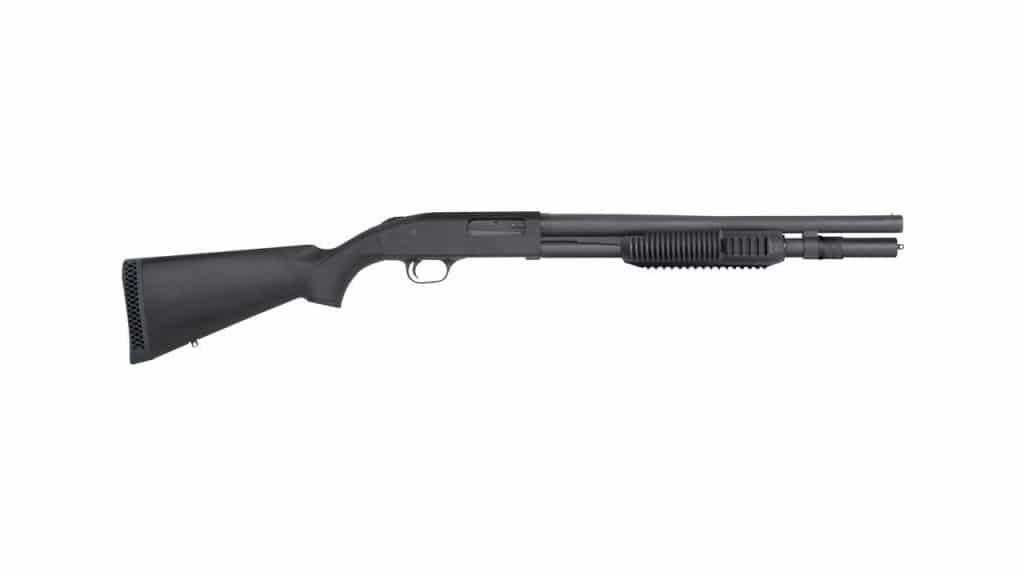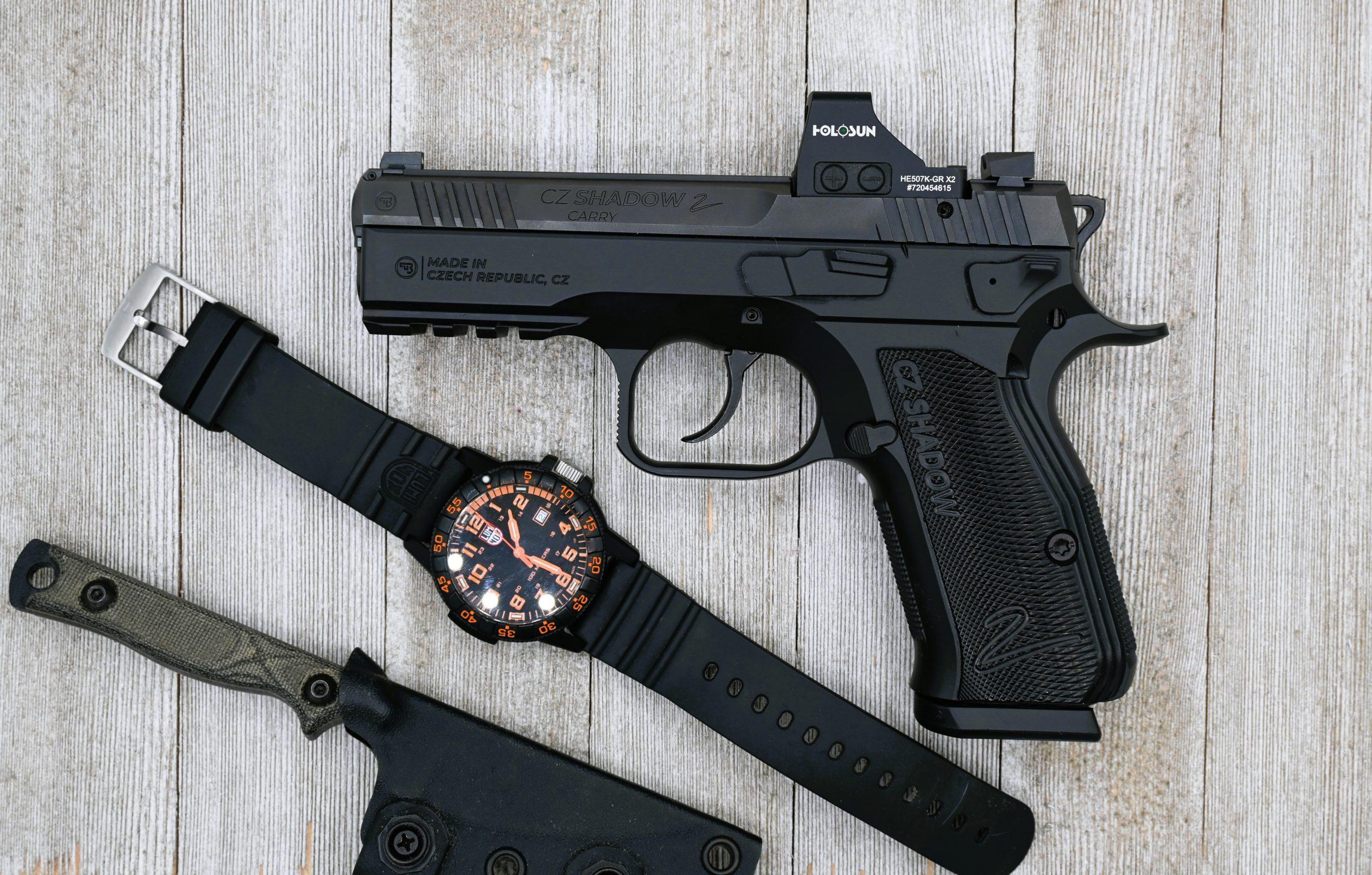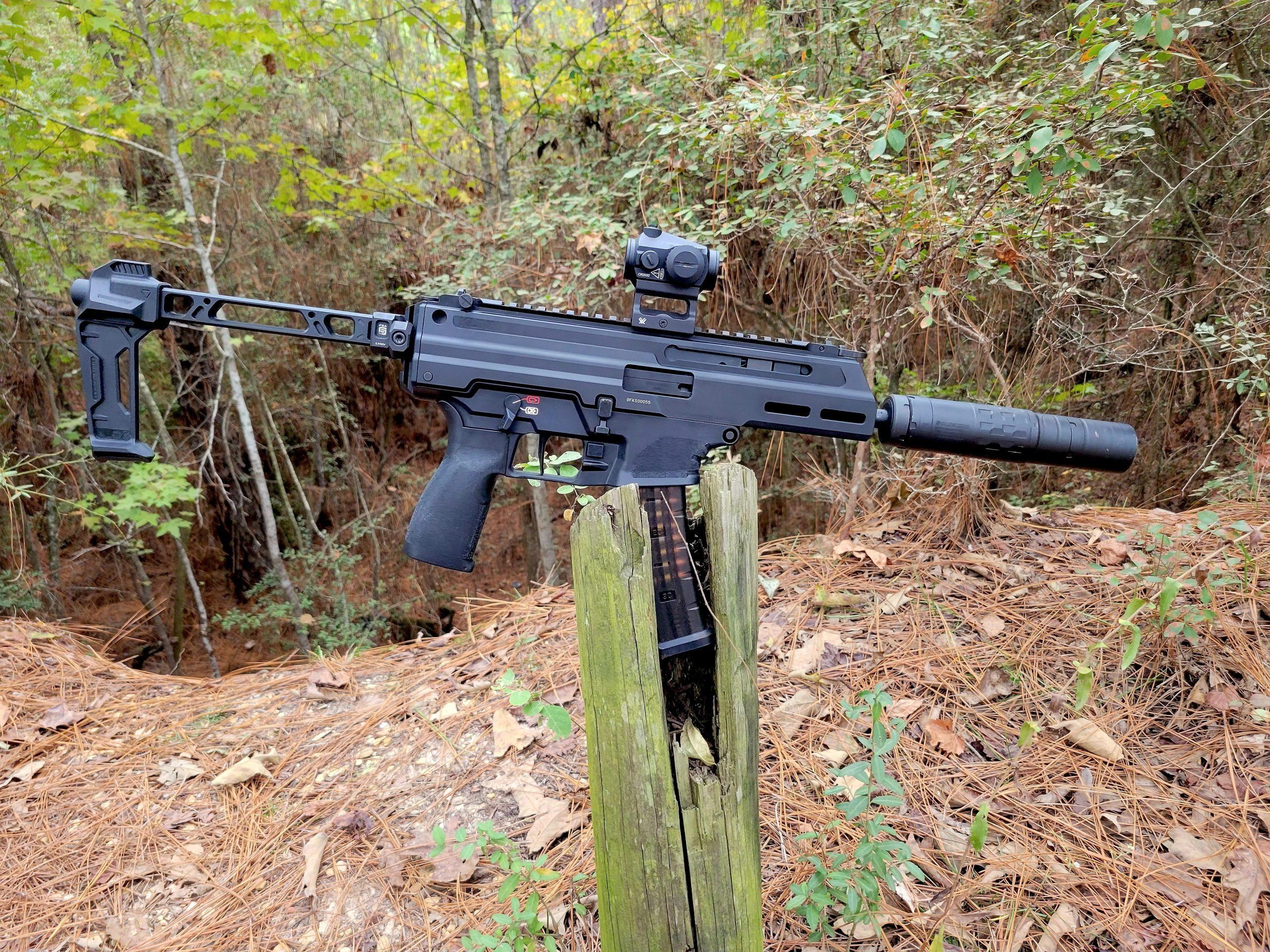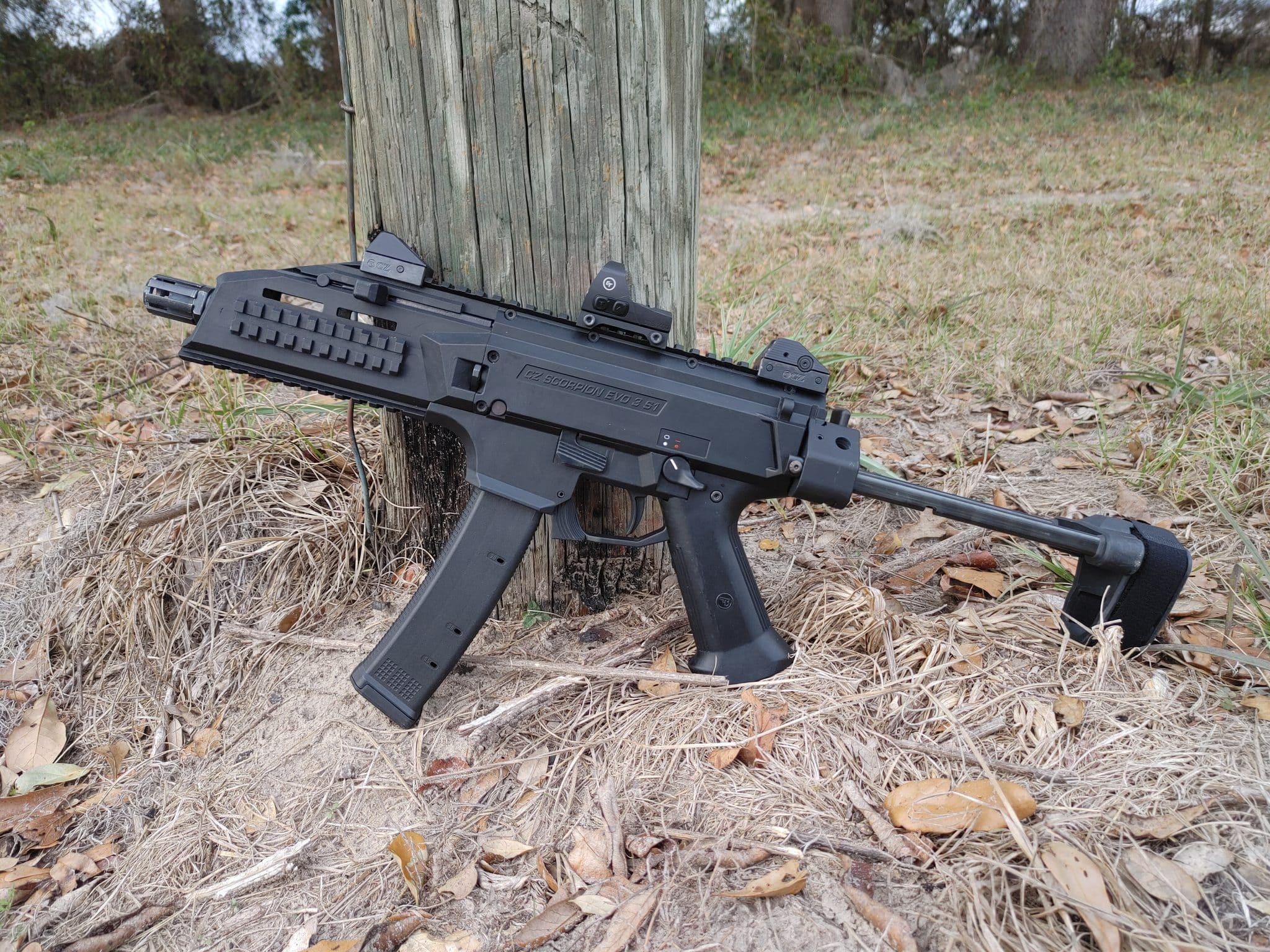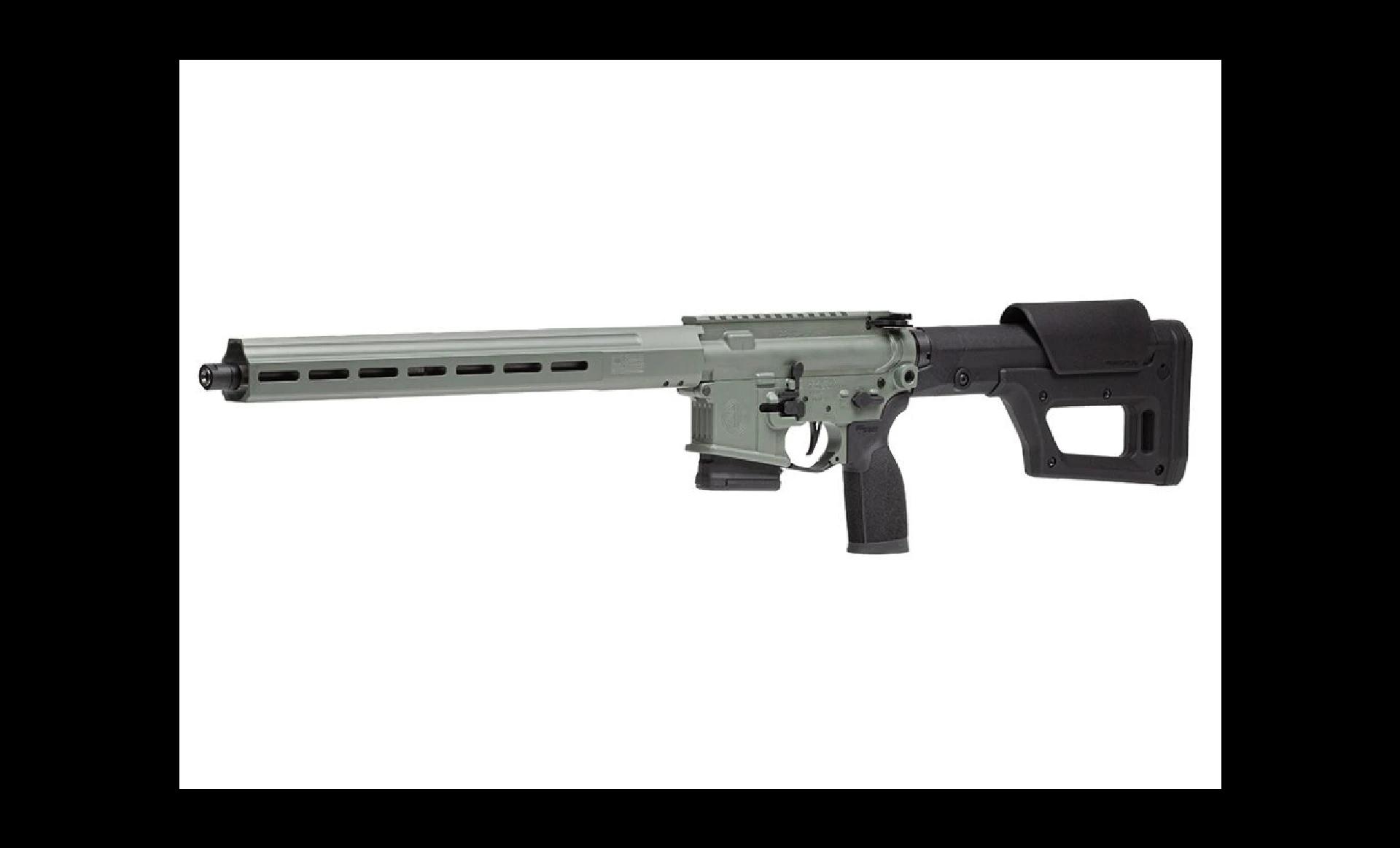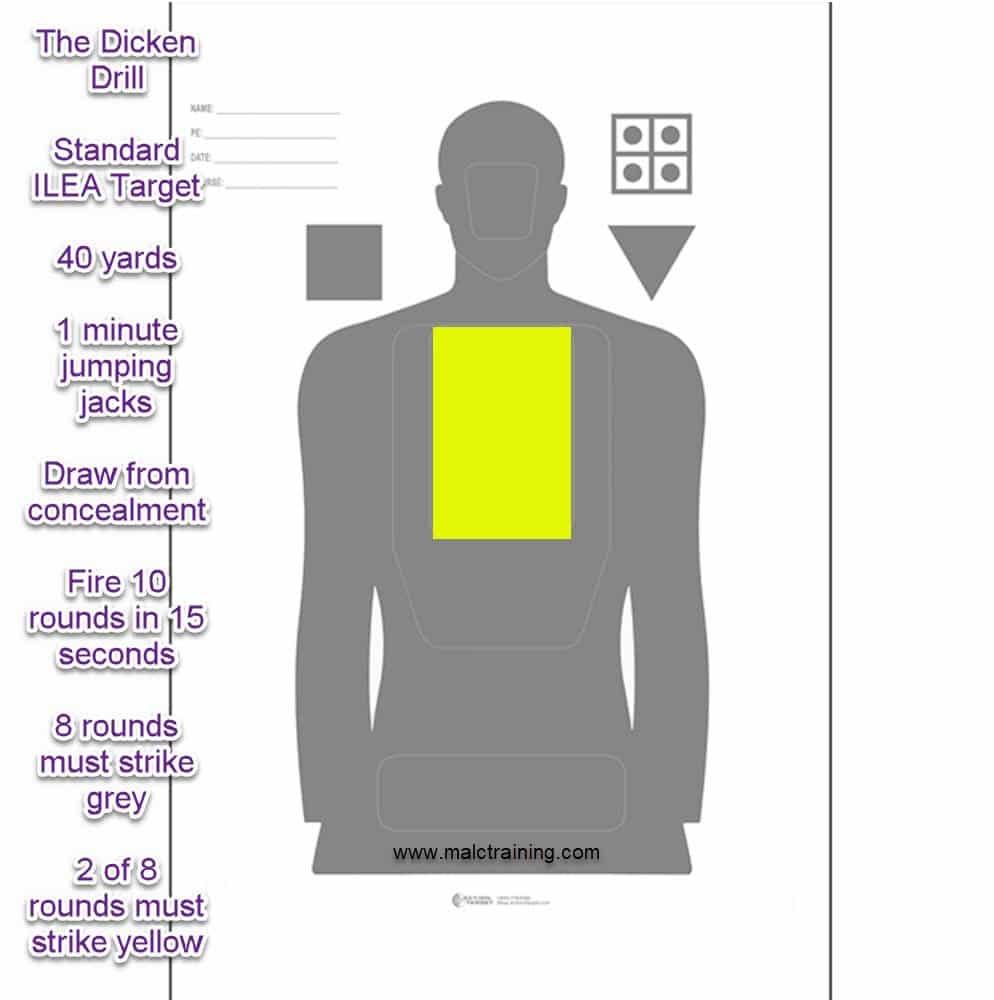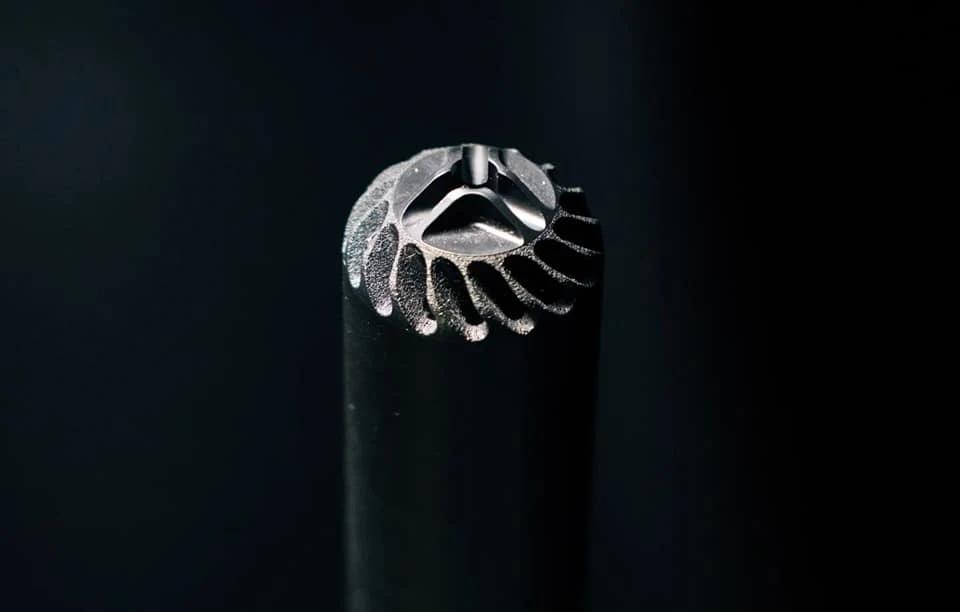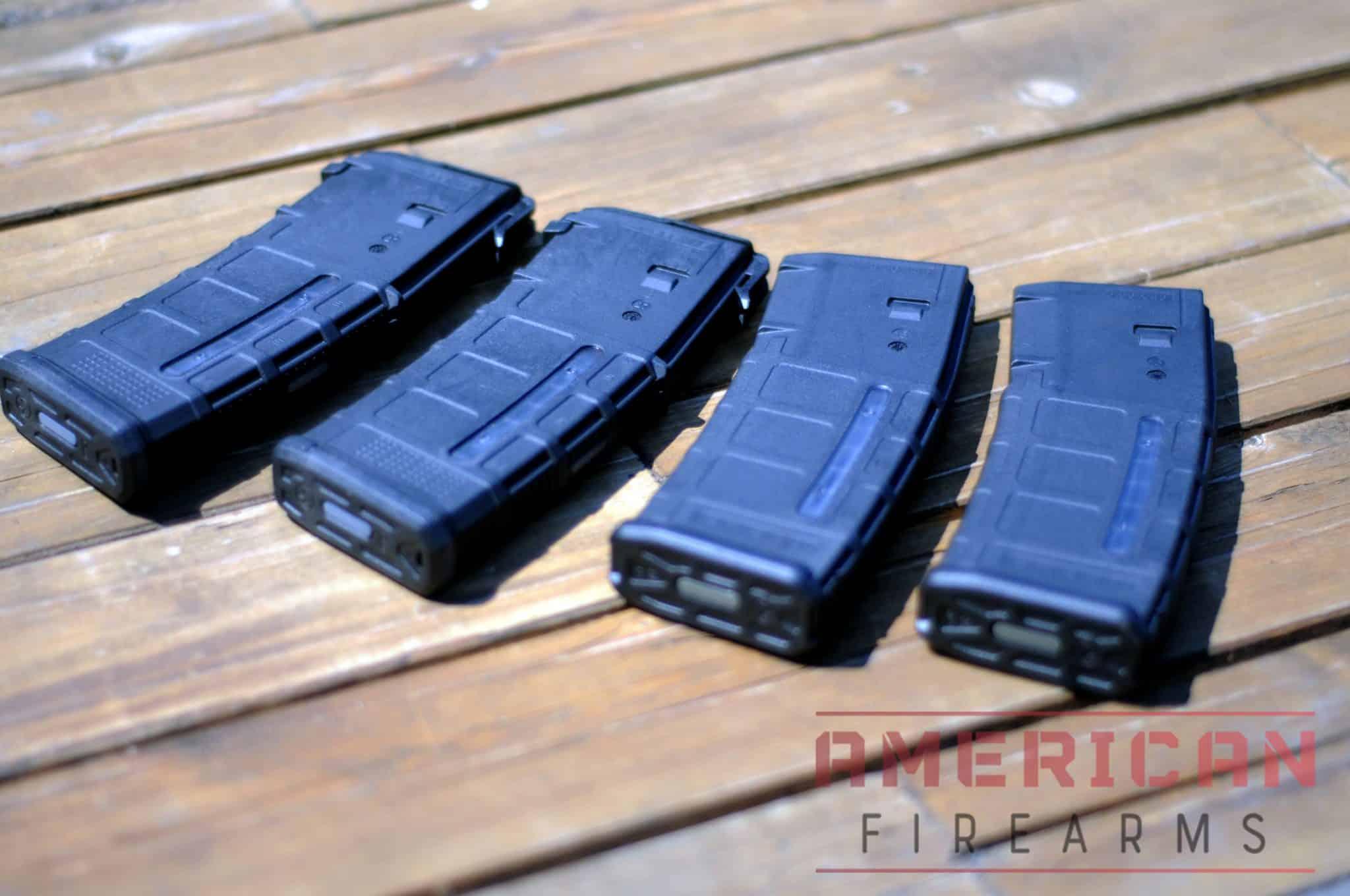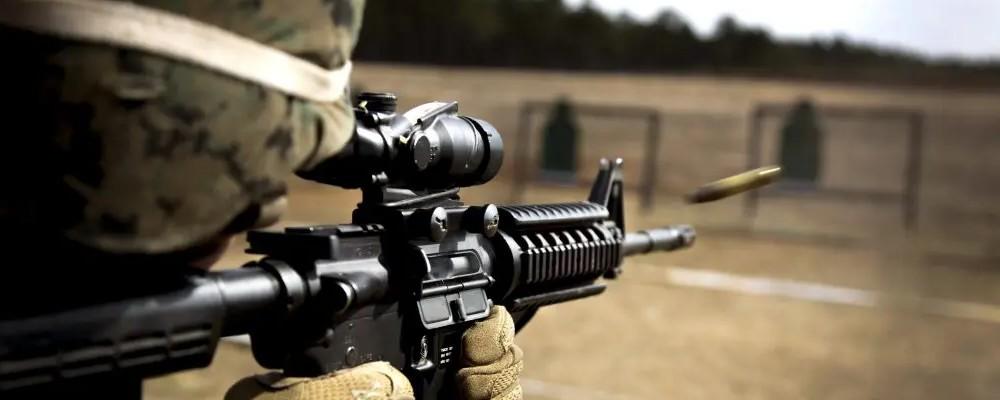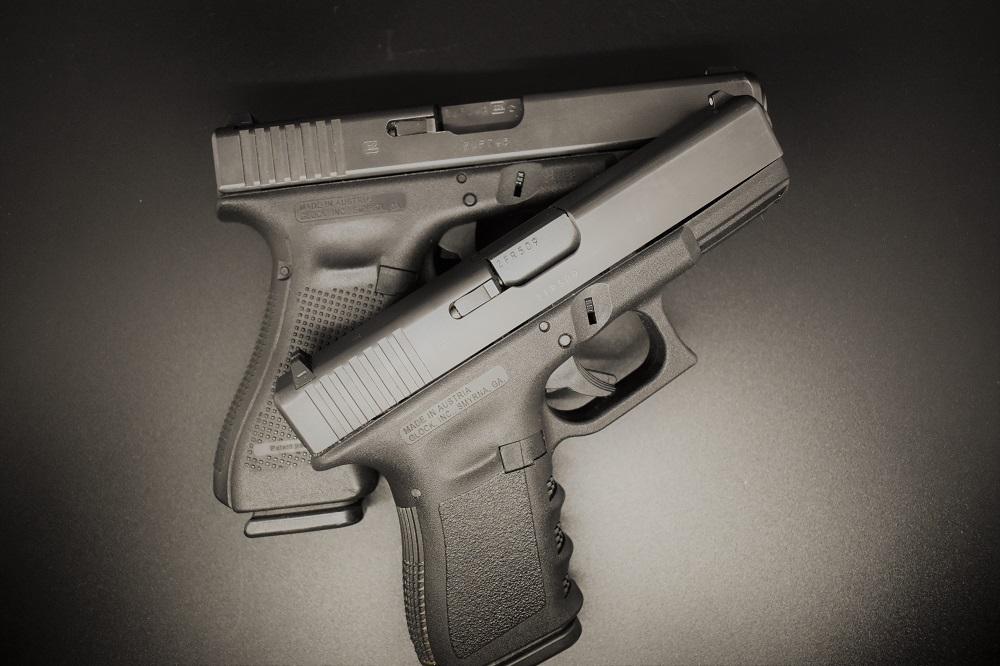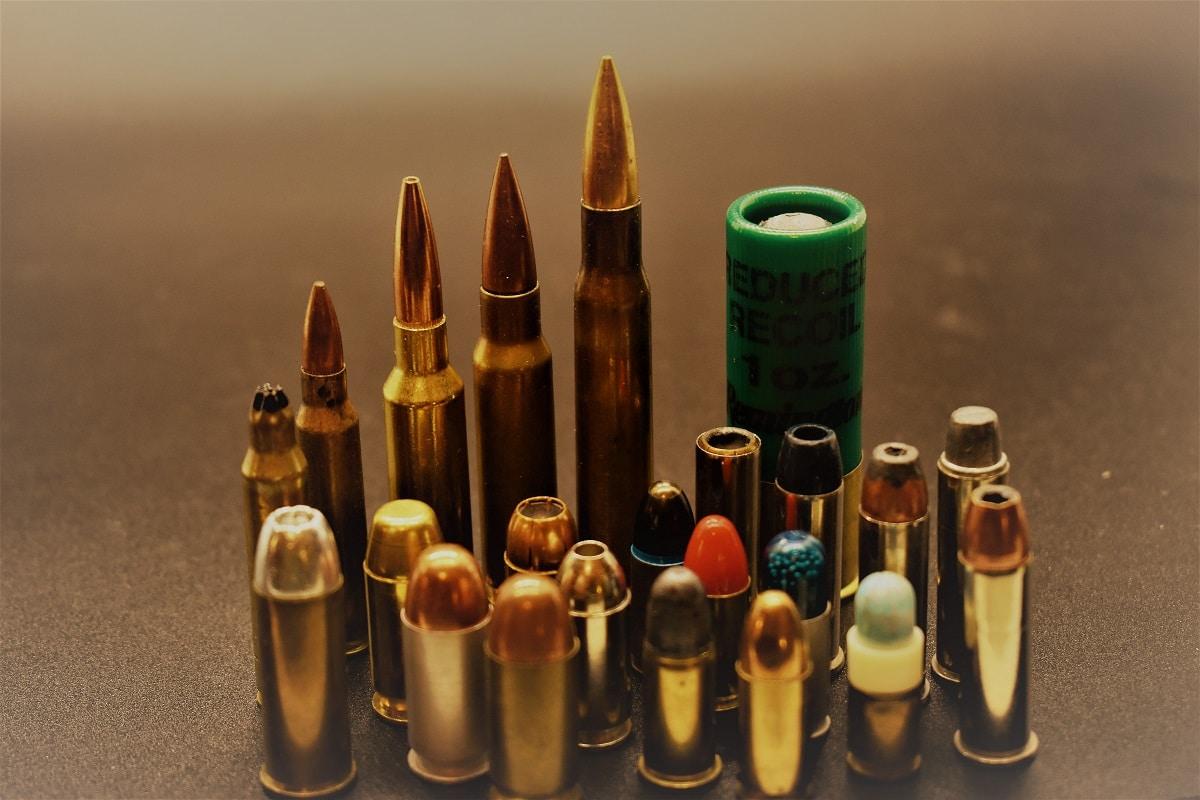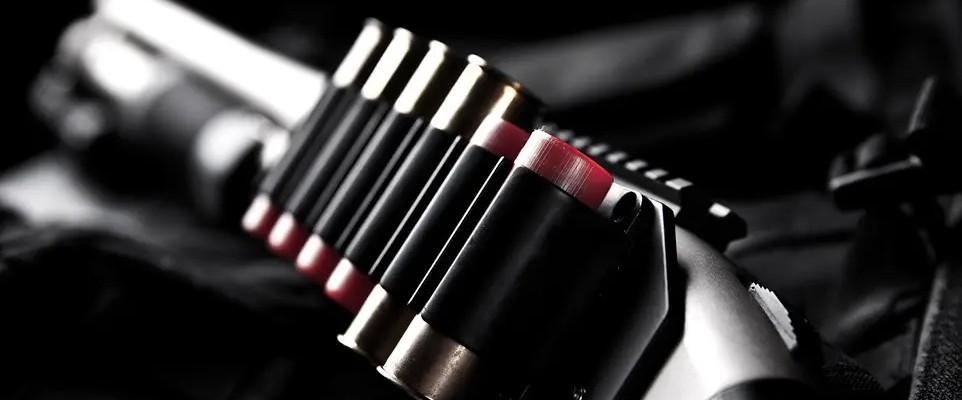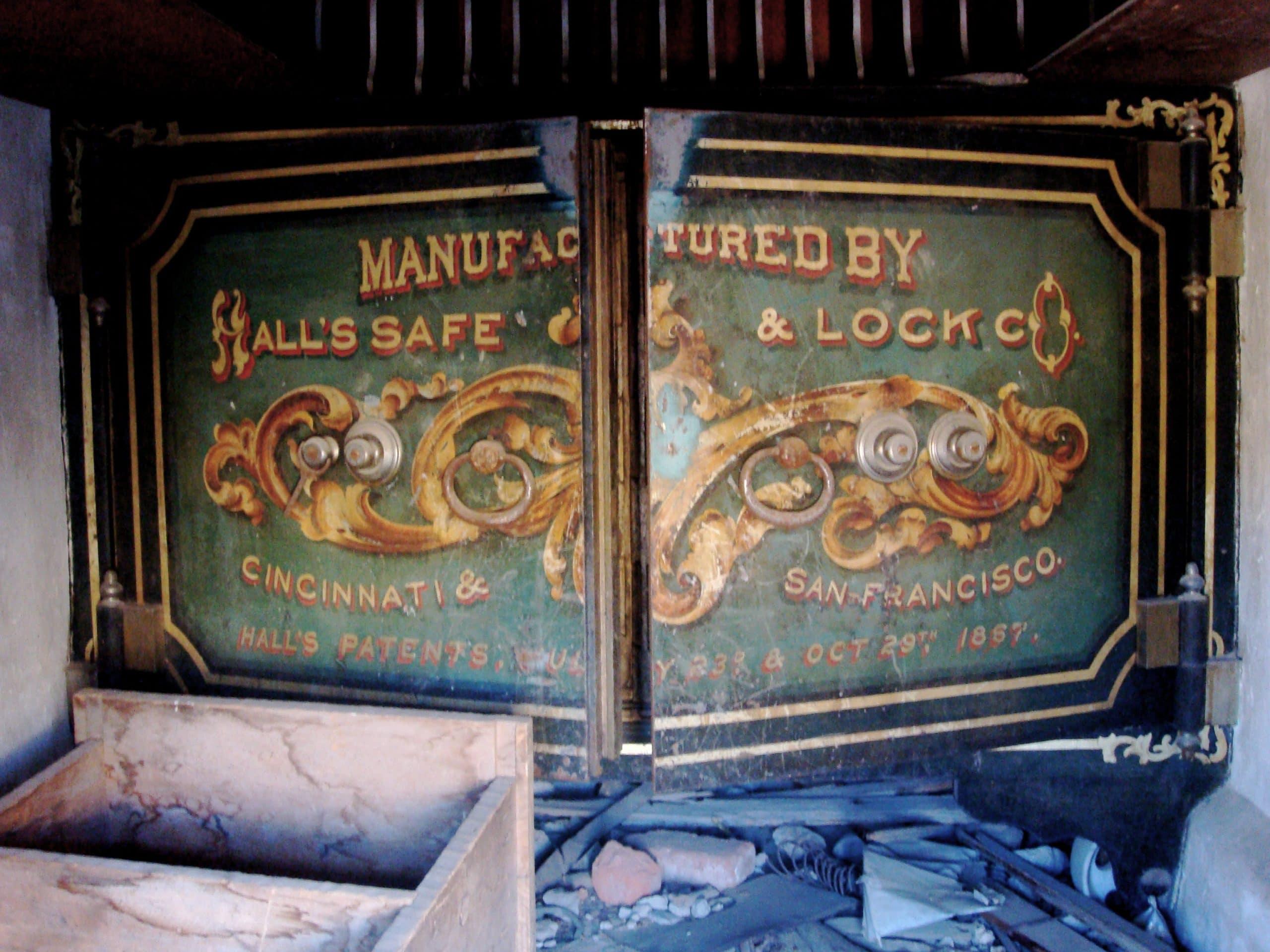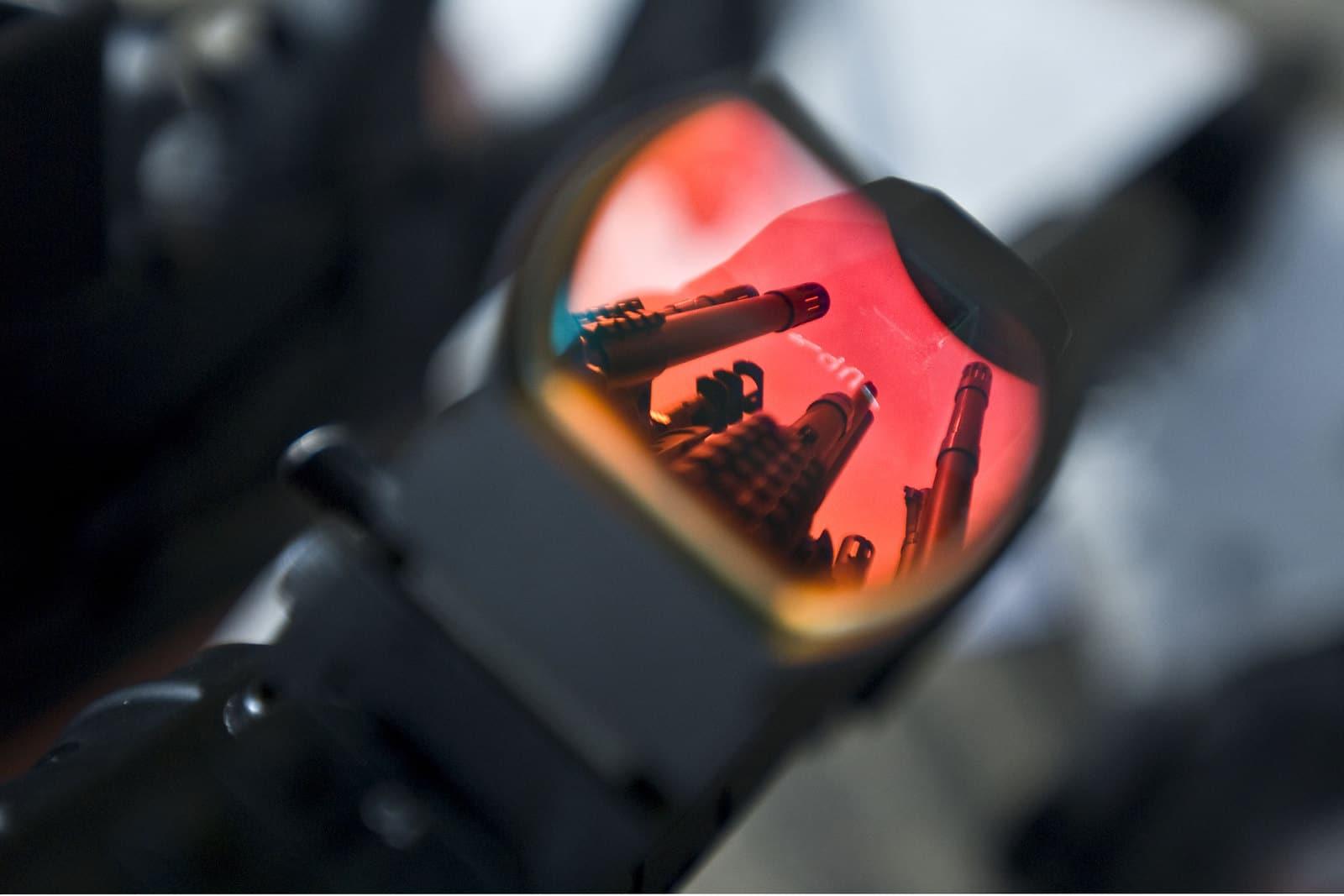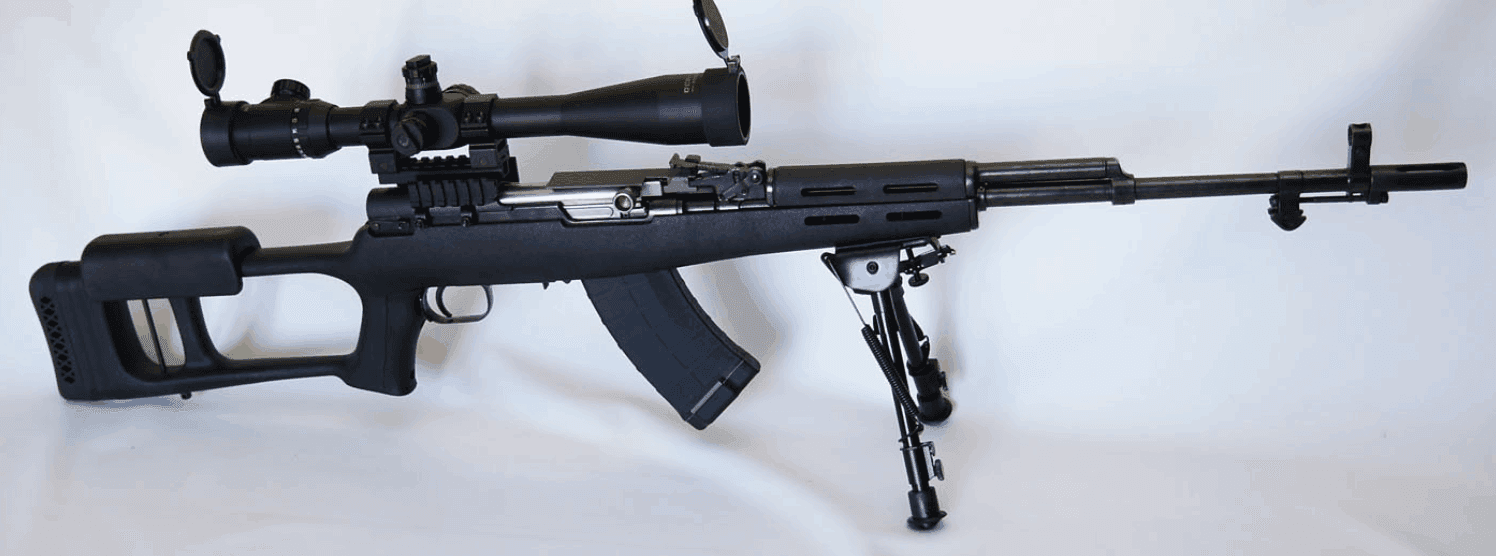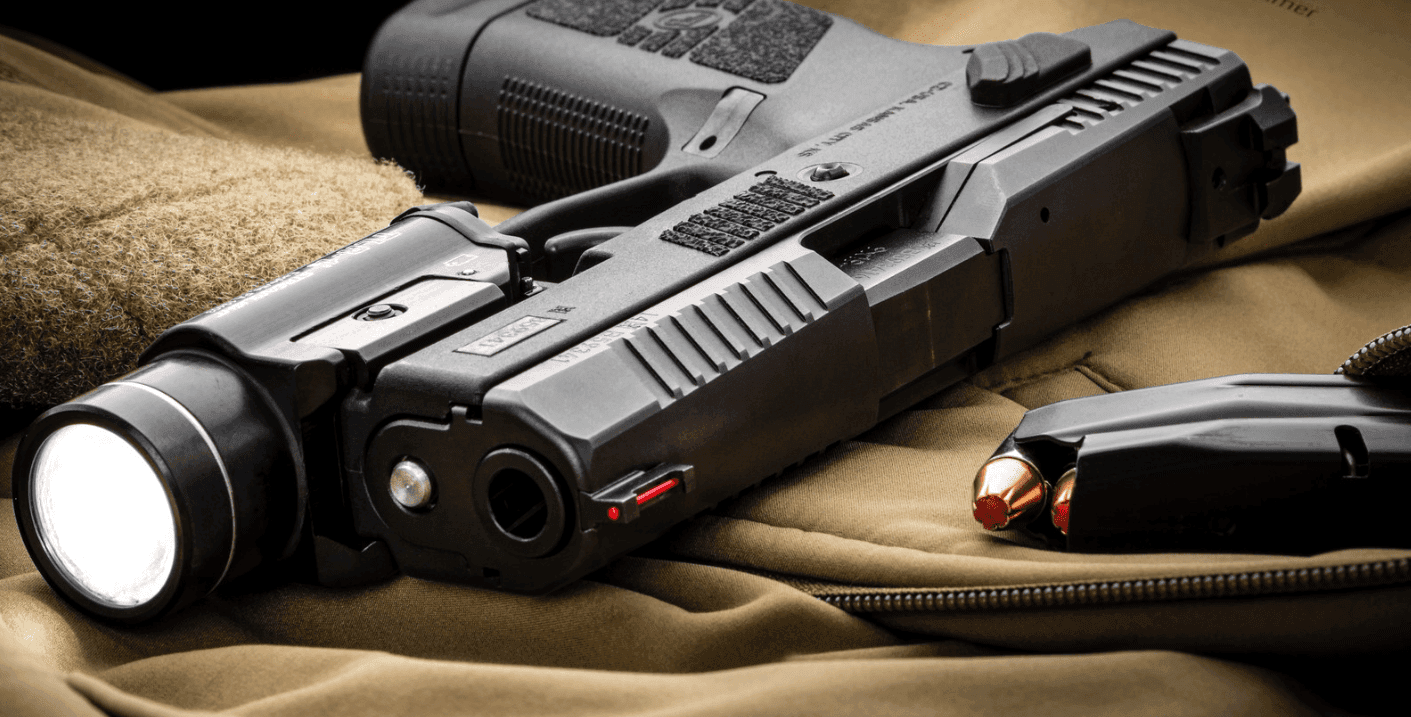Mossberg 500 vs. Remington 870: A Comparison
Firearm enthusiasts have many hot takes on the merits of different shotgun models. Two of the most popular choices are the Mossberg 500 and the Remington 870. Both are highly regarded for their reliability and ease of use. Many enthusiasts consider both the Mossberg 500 and Remington 870 to be good shotguns for various uses and settings. Let's compare the two.
Written By
Michael Crites
Licensed Concealed Carry Holder
Reviewed by
Editorial Team
Learn About The Editorial Team
Share:
Products are selected by our editors. We may earn a commission on purchases from a link. How we select gear.
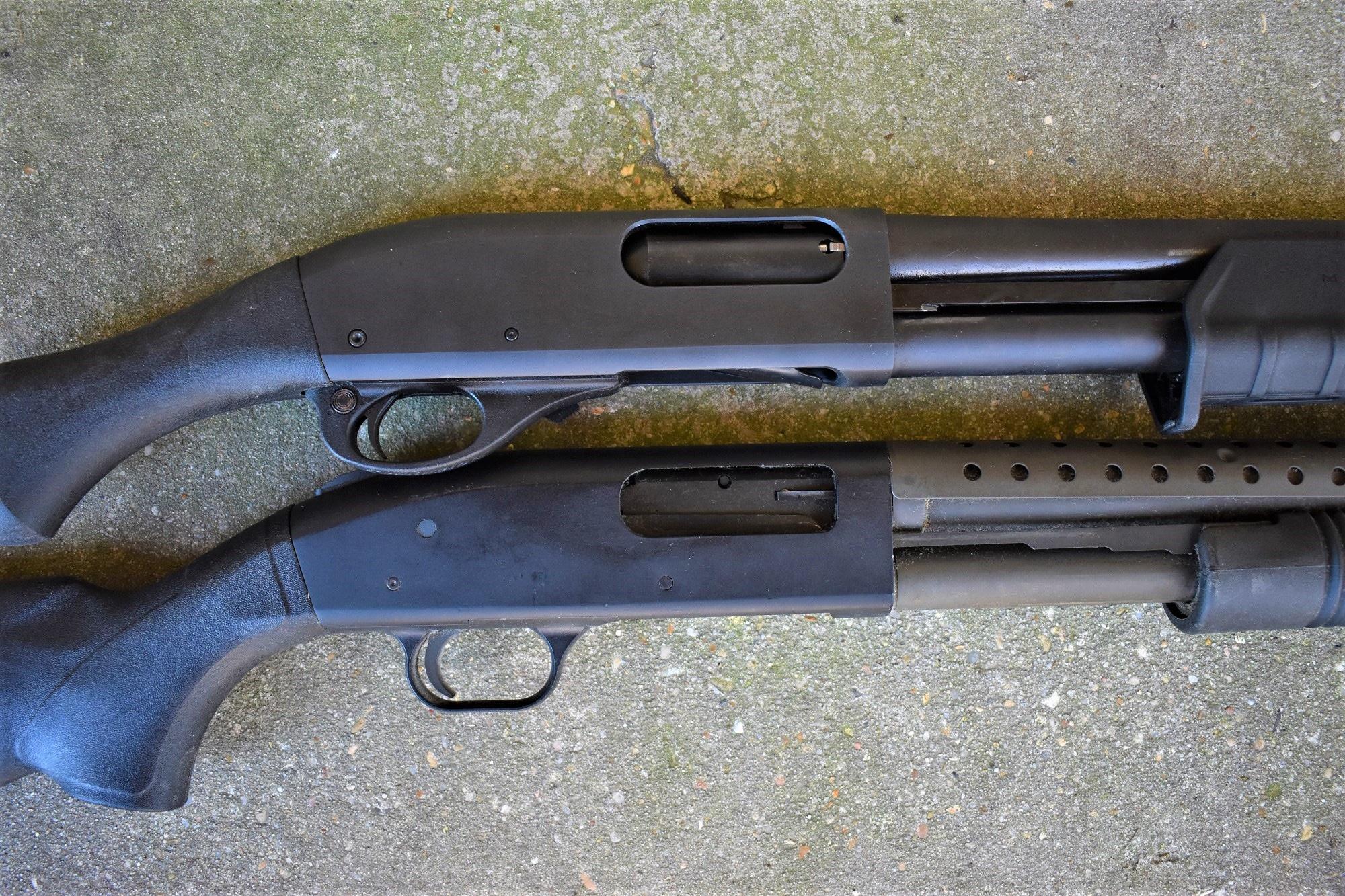
Updated
Sep 2024
When it comes to modern pump-action shotguns, two models immediately stand atop the heap– the Mossberg 500 and Remington 870, each accounting for tens of millions produced. We wade into the murky waters of which is the better gun by stacking them side-by-side.
In This Article
Background on the 870 Pump Gun
Remington, or “Big Green” has been an iconic American firearms brand dating back to 1816.
They have been involved in shotguns for most of that time, marketing various single and double-barreled models in the 19th Century before moving into the pump-action game in 1908 with the Remington Repeating Shotgun, a bottom-ejector based on two of John Browning’s “magazine gun” patents.
Concerns have been raised about the quality and reliability of the Remington 870 Express models, with some users noting performance issues and a perceived lack of durability compared to other models like the Mossberg 500.
To replace the Model 31, a team that included L. Ray Crittendon, Phillip Haskell, Ellis Hailston, and G.E. Pinckney, worked across the late 1940s to craft Remington’s new Model 870AP Wingmaster, which debuted in 1950.
An easy take-down, side-ejecting, bottom-loading pump-action shotgun with dual (rather than single) action arms on the slide, the 870 had a receiver that was machined from a solid block of steel and marketed at first in just a 2.75-inch chamber with choices of 12-, 16- and 20-gauge, retailing for $80.80 on a standard-grade and $92.35 for a more deluxe model.
The gun was light, typically running just 7-pounds, reliable, and safe, with an easily actuated cross-bolt manual safety on the trigger guard.
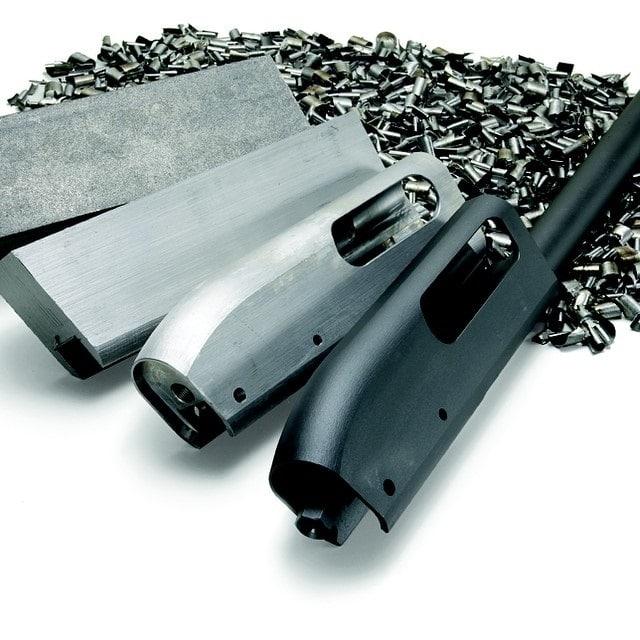
Since its introduction, the 870 has been a solid contender in the shotgun market year after year, decade after decade, generation after generation. The bore offerings expanded into .410 and 28-gauge and the chambers grew to 3-inch Magnum and 3.5-inch Super Magnum length, with over 150 different variants in production at one time or another.
In 2009, Remington boasted that it sold the 10 millionth Model 870 and openly described it as late as 2020 as, “The greatest selling pump-action shotgun in the history of firearms.”
Background on the Mossberg 500 Home Defense Gun
Mossberg, certainly reasonable to be considered a household name in their own right, is a much newer company when compared to Remington, “only” being founded in 1919.
Initially a pistol maker, the company soon moved into the shotgun market, selling a variety of economical $10 bolt-action shotguns during the early Great Depression-era 1930s.
The Mossberg 500 features a top tang safety, which is highly regarded for its accessibility and ambidextrous design, making it a preferred choice for personal defense and overall functionality.
After World War II, Mossberg expanded again and launched their first pump-action shotguns, the Model 200, in 1955 – just a few years after Remington debuted the 870. Trying to grab market share from the Remington scattergun as well as other popular pumps of the day (such as the Ithaca 37 and Winchester 12), Mossberg created the Model 500 in 1962.
Much like the 870, the 6.75-pound Mossberg 500 was a fast take-down, side-ejecting, bottom-loading pump-action shotgun with dual action arms.
Able to quickly swap out between optional interchangeable barrels for sporting, home defense, and slug use, the 12 gauge also retailed for a bit less than the 870 upon release at $74.95. This price difference from the Remington came in part because the receiver was made from a high-tensile aluminum forging (vs the 870’s steel receiver).
Don’t freak out – the nature of the 500’s design means it doesn’t need a monolithic steel receiver like the pumps that preceded it (see= Winchester Model 12). Instead, the 500 relies on the rock-solid lock-up between the bolt and barrel extension to accommodate the force of the shell’s ignition and recoil– a proven design seen in Mr. Browning’s Auto-5.
In another change, Mossberg used a different safety location, with the switch mounted on the top of the receiver by the comb of the stock.
Proving that Big Green didn’t have the pump-gun market cornered by any means, Mossberg’s new gun became the people’s champ, offering a light, well-made shotgun at an affordable price.
By 2013, Mossberg announced they too had broken the almost unrealistically high benchmark of 10 million Model 500s produced and hasn’t looked back, expanding the line to the 505, 510, 535, Mossberg 590/590A1 and others such as the 835, which use the same action.
Design and Features
When it comes to design and features, the Remington 870 and Mossberg 500 each bring their own unique strengths to the table. The Remington 870 boasts a classic, traditional design with a steel receiver that exudes durability and a sense of timeless craftsmanship. Its wooden stock and forend add to its vintage appeal, making it a favorite among purists who appreciate a more traditional aesthetic.
On the other hand, the Mossberg 500 offers a more modern approach with its aluminum receiver, which contributes to a lighter overall weight without compromising on strength. This model often features a pistol grip and adjustable stock, catering to those who prefer a more tactical and customizable setup.
The magazine tube capacity also differs slightly, with the Remington 870 typically holding 4 rounds, while the Mossberg 500 can accommodate 5 rounds. This slight edge in capacity can be a deciding factor for some users.
Action and Trigger
Both the Remington 870 and Mossberg 500 utilize a pump-action design, requiring the shooter to cycle the slide after each shot to eject the spent shell and chamber a new round. However, there are notable differences in their extractor mechanisms.
The Mossberg 500 is equipped with dual extractors milled from bar stock, which enhances its reliability in gripping and ejecting spent shells. In contrast, some Remington 870 models feature MIM-manufactured extractors, which have been known to occasionally round out and fail to grab brass effectively.
When it comes to the trigger, the Remington 870 is often praised for its superior performance. It has a lighter trigger weight and a more consistent feel, which can contribute to better accuracy and a more enjoyable shooting experience. This makes the Remington 870 a preferred choice for those who prioritize trigger performance in their pump-action shotguns.
Reliability and Maintenance
Reliability and ease of maintenance are crucial factors for any shotgun, and both the Remington 870 and Mossberg 500 excel in these areas. The Remington 870’s steel receiver is renowned for its durability and ruggedness, making it a reliable choice for demanding conditions. Its monolithic design also contributes to its robustness, ensuring consistent performance over time.
In contrast, the Mossberg 500’s aluminum receiver offers a lighter weight, which can be advantageous for extended use or when maneuverability is a priority. However, its two-piece slide assembly is sometimes considered less reliable than the Remington 870’s monolithic design. Despite this, both shotguns are relatively easy to strip and clean, with the Remington 870’s design making it slightly more straightforward to maintain.
This brings us to…
Military and LE models
The U.S. military incorporated shotguns into operations as far back as the Revolutionary War fowling-pieces, and by World War I were controversially fielding Winchester 97 and 1912 12-gauge pumps in the Trenches of the Western Front, continuing the trend into WWII and Korea.
By the Vietnam-era, federal purchasing agents had picked up over 38,500 Remington 870s for use by the locals in South East Asia, as noted by Bruce Canfield. Meanwhile, a special version of the 870 with a parkerized finish, extended 7-shot magazine tube, bayonet lug attachment, and a 21-inch barrel was ordered by the U.S. Marines in 1969.
Dubbed the 870 Mark 1, this shotgun remained in Marine Corps service well into the 1990s while the Army, Air Force, and Navy used less-tricked out 870 Riot gun models from the 1970s onwards. This should come as no shock as the same model, later supplemented by the 870P after 1994, was to be found in the trucks of police cruisers across America.
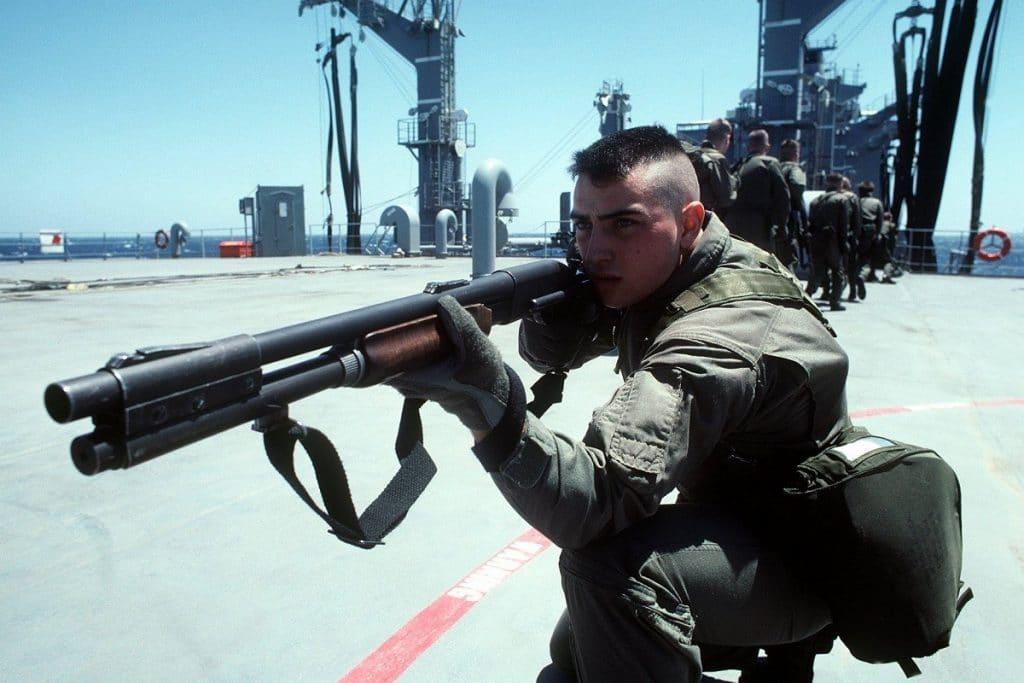
Mossberg also found lots of success with military and police customers. In 1979, the Pentagon issued Mil-Std-3443D for military shotguns and Mossberg’s 500ATP6 was able to pass this test which, according to the company, required shotguns to “fire 3,000 consecutive rounds with no more than two malfunctions and no unserviceable parts.”
The Model 500 MILS and 500A riot guns, in both wood and synthetic-stocked versions with 20-inch barrels and a 5-shot magazine, then passed into service in small numbers with every branch of the U.S. military during the 1980s. By 1987, the M590, based on the M500 but with a 9-shot “clean out” magazine tube and other improvements, was in use with the Marines. These guns are often still seen downrange.
The reliability and performance of the mag tube under extreme conditions are crucial for these models, ensuring they function effectively in defensive and competitive shooting scenarios.
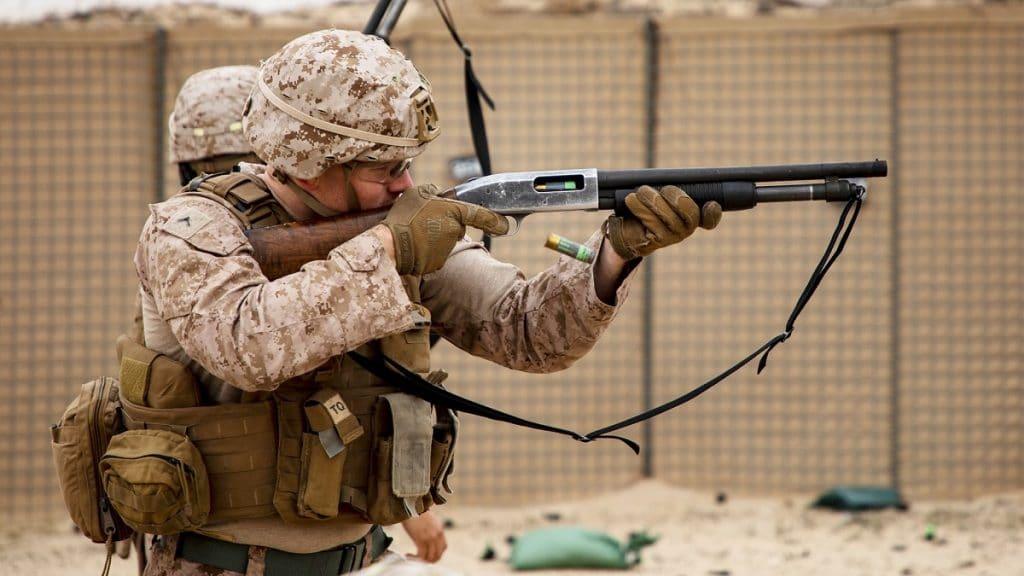
Hunting and Self-Defense Applications
Both the Remington 870 and Mossberg 500 are highly regarded for their versatility in hunting and self-defense applications. The Remington 870 is a popular choice for hunting, particularly for waterfowl and upland game birds. Its steel receiver and robust design make it well-suited for use in wet or dirty conditions, ensuring reliable performance in the field.
The Mossberg 500, with its lighter weight and shorter length of pull, is often favored for home defense. Its reliability and durability make it a dependable option for protecting one’s home and loved ones. While both shotguns are capable of excelling in various scenarios, the Remington 870’s ruggedness gives it an edge in harsh hunting environments, whereas the Mossberg 500’s maneuverability makes it a great gun for home defense.
By considering these factors, potential buyers can make an informed decision based on their specific needs and preferences, whether they are looking for a reliable hunting companion or a dependable home defense gun.
Shorty boys and magazines
The practice of abbreviating standard-length shotguns to make them handier in a close-quarter fight dates back to almost the origin of the firearm itself.
When it comes to pump guns, short sawn-off “whippets” were a common sight on both sides of the law in the Roaring 20s and by 1934 short-barreled shotguns were regulated under the National Firearms Act for better or worse. Nonetheless, the NFA regulation didn’t change the fact that a compact shotgun could be remarkably effective in certain situations.
Police stakeout teams became fans of such guns as they were quick out of an unmarked car, grocery bag, or a backpack when needed. Mark Serbu’s Super-Shorty of Miami Vice fame popped up in the 1980s, converting either Mossberg 500s or Remington 870s into a pistol-grip-only shotgun with a barrel as short as 7-inches.
Going comparatively longer, Remington 870 Riot guns with “witsec” cuts that brought the barrel length down to 12.5-inches became popular with witness protection and prisoner escort teams, so much so that the company’s 870P became a standard offering with a 14-inch barrel, with all applicable NFA rules.
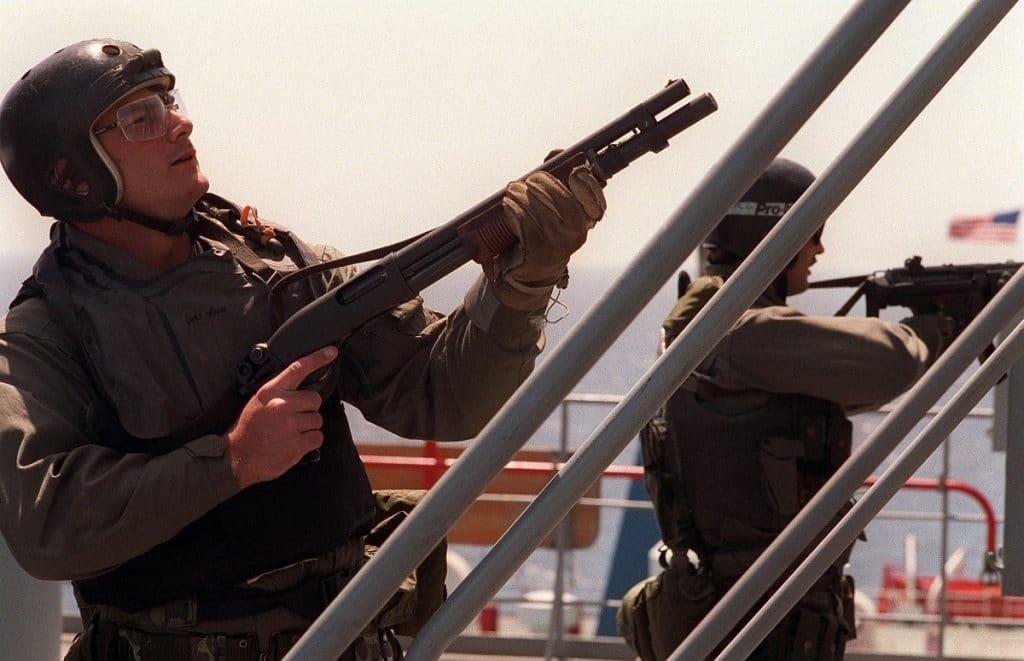
By the invasion of Iraq and Afghanistan in 2006, Mossberg was delivering specially ordered 14-inch Model 500s to the military for use as breaching shotguns, used to blast hinges and locks off doors– the ultimate master key!
While shotgun barrel lengths less than 18-inches fall into NFA territory, both Mossberg and Remington have been able to accommodate customers wanting such shorties in their Shockwave and Tac-14 “firearm” lines like the Nightstick, based on the Model 500 and 870, respectively.
Likewise, while both models originally hit the market with underbarrel tubular magazines, able to hold between three and nine shells depending on the variant, they are both now available on the market with factory-installed detachable box magazines as well, the 500M and 870DM series.
Choosing one shotgun over the other, whether the Mossberg 500 or the Remington 870, ultimately depends on personal preference and specific needs, as both models offer versatility and iconic performance.
The Bargain Bin
With well over 20 million 870s and 500s floating around on the secondary market, some hidden gems look a lot like these guns but have something altogether engraved on their receivers and barrels. For years, Mossberg built a relationship with big box stores to sell basic Model 500s under store brands.
This meant that Sears sold Mossberg’s shotguns as the New Haven 600, while Western Auto sold it as the Revelation R310 and Western Field as the 550. Likewise, Mossberg also did this on their own, selling the Model 500 in bargain format under their Maverick subsidiary as the Model 88 since 1988 (see where the model number came from?).
Does that mean these guns are junk? Not at all. In fact, all Mossberg and Maverick shotguns are both made in the same factory in Eagle’s Pass, Texas. The more you know, right?
In the same vein of “pre-owned” shotguns, both Mossberg 500s and Remington 870s used by corrections, law enforcement, and the military often pop up as trade-ins, especially in line with the trend of many departments shifting away from the 12-gauge in favor of a 5.56 NATO-caliber carbine/patrol rifle.
For instance, several Malaysian surplus Mossberg 500ATPs have been hitting the market recently. While these guns may look rough, having languished in armory racks and bumped around in trunks for years, they usually still have lots of life left in them, so be on the lookout for these old vets, now on free agent status.
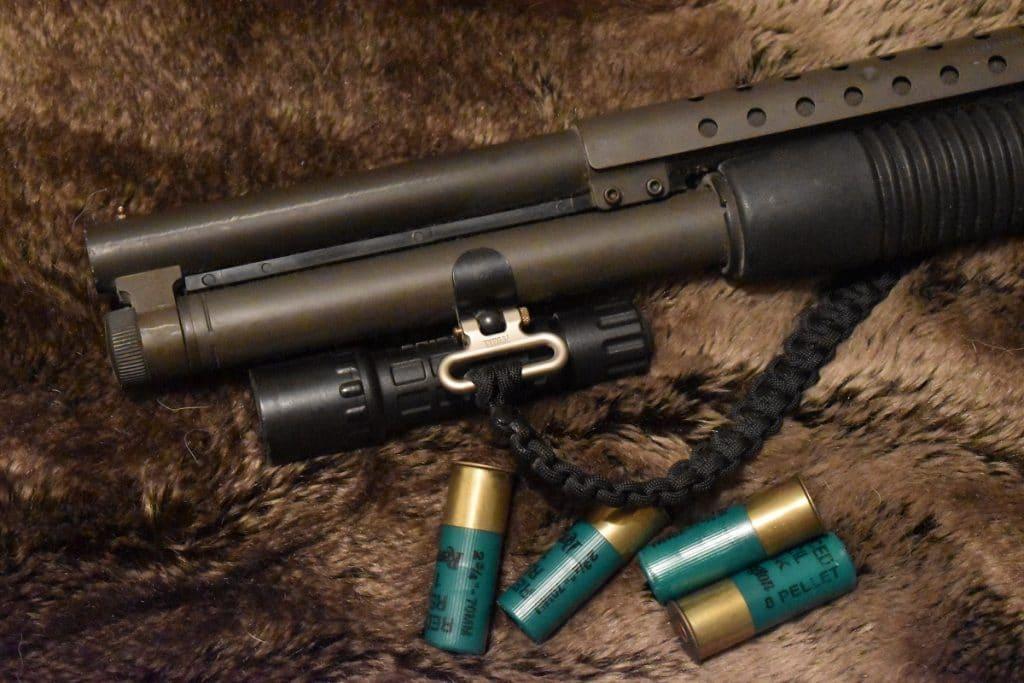
The Problems with Big Green
It would be remiss, when talking about a Remington flagship product, to not address the elephant in the room that is the historic company’s recent break-up at a bankruptcy auction.
While elements of the monolithic gun empire have been carved off by Federal, Ruger, and others, the core traditional Remington factory in Ilion, New York remained with the smaller rump under a new owner and they have vowed to soon restart manufacturing on the same production lines.
You can bet that the 870 will likely be the first gun the rebooted company sends to distributors.
In this, keep in mind that Remington has been bought and sold numerous times in the past– in 1888 to Hartley & Graham, in 1932 to DuPont, in 1993 then again in 2007– and always came back up swinging.
By all means, it should be expected that the 70-year run of the 870 will continue to the next leg of the pump-action shotgun race.
Side-by-side
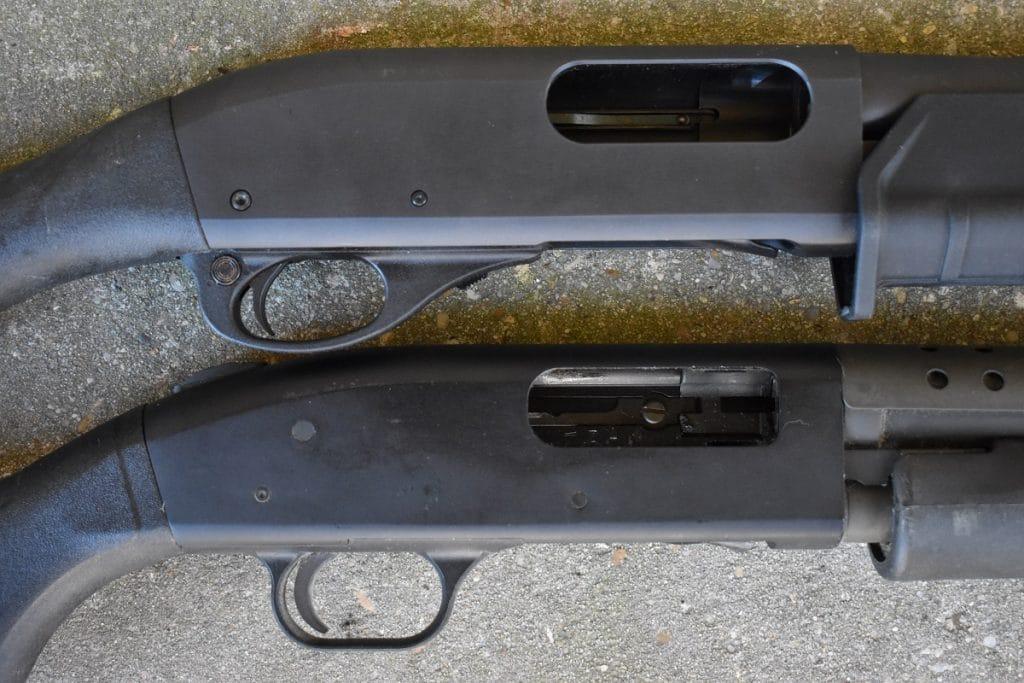
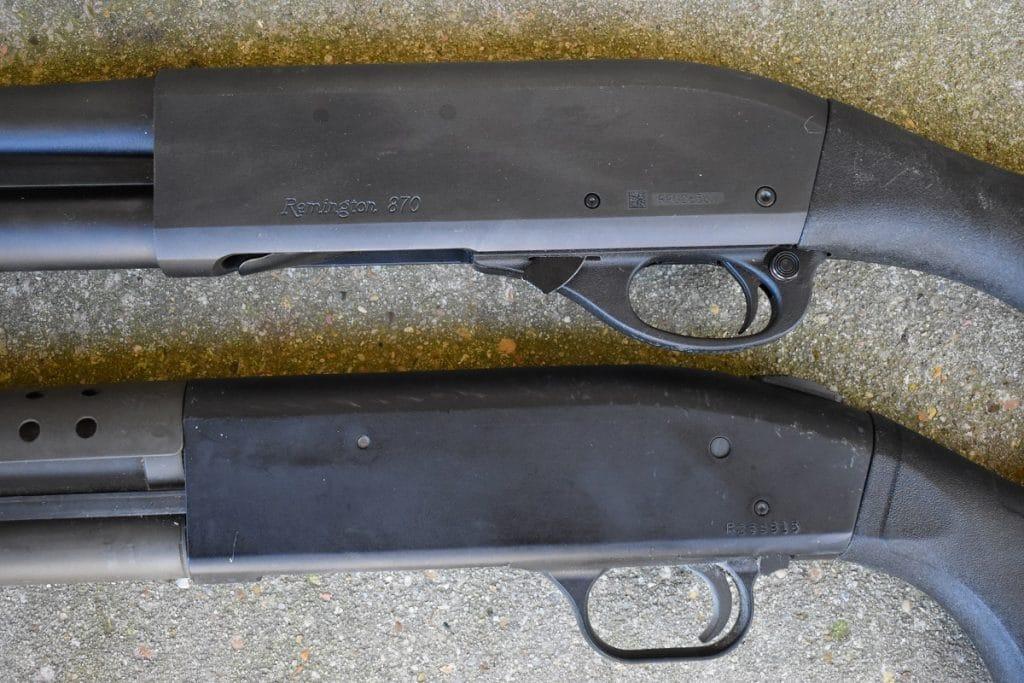
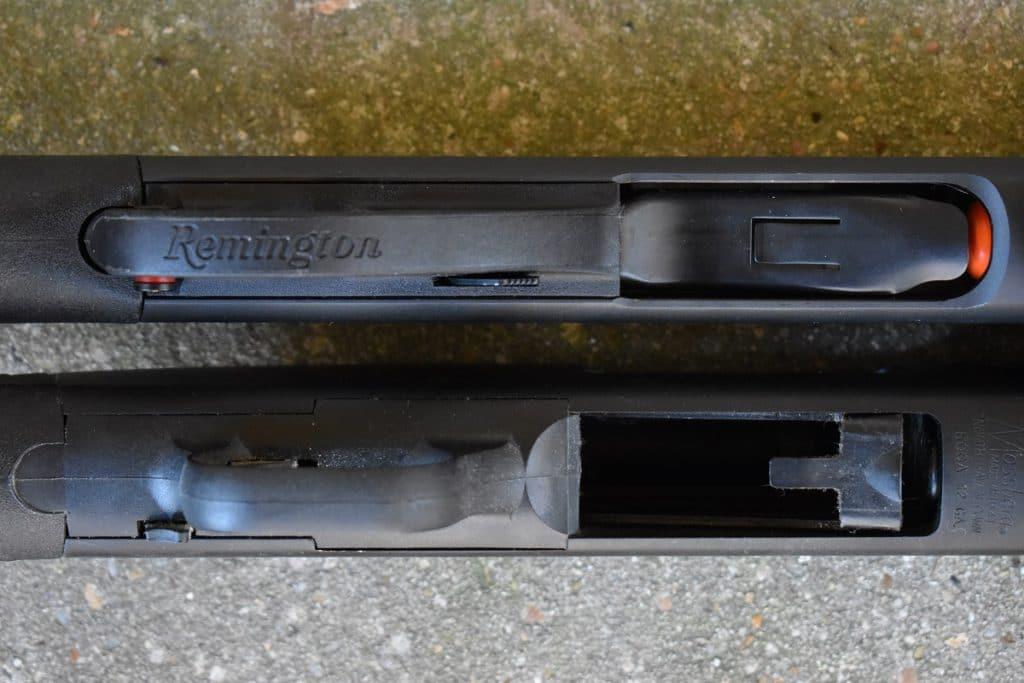
Final thoughts
In the end, both platforms have persisted in a crowded marketplace for one reason: they work. For general purpose use, either the Model 500 or the Remington 870 are good-to-go right out of the box and, by swapping out barrels which can typically be picked up for about $150, you can tailor the same shotgun for sporting use with clays, field use to put protein on the table, or home defense.
Likewise, both have generous and widespread aftermarket accessories that are one click away to customize and outfit these guns any way the end-user desires. Further, they are timeless and, to borrow a phrase from a watchmaker, can “take a licking and keep on ticking,” with used and ugly surplus and trade-in guns still able to clock in and get to work.
Some users consider the Mossberg 500 an ‘ugly gun’ despite its functionality, contrasting it with what is generally seen as the more aesthetically pleasing Remington 870.
The shotgun buyer would be well-served by either, leaving this toss-up to personal preference.
Additional Reading
- Remington, Model 870
- ATF, Firearms Guide – Identification of Firearms – Section 4, September 22, 2016
- Victory Arms & Munitions, Mayalsian Mossberg 500 ATP, March 6, 2020
- Jesse Barron, NTY, How America’s Oldest Gun Maker Went Bankrupt, November 1, 2020
Updated
September 27, 2024 — We’ve updated this guide to include deeper comparisons of the features, functionality, and performance of these two perennial favorites.
Sign up for our newsletter
Get discounts from top brands and our latest reviews!

